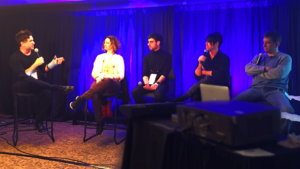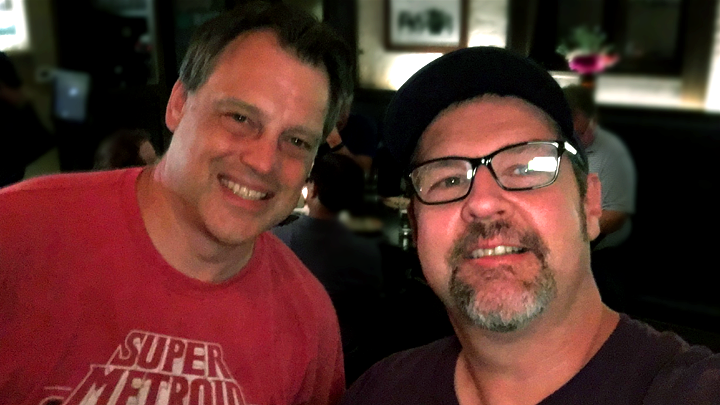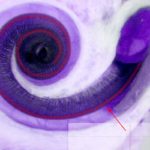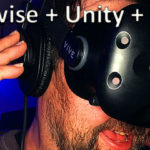The trick at the beginning is to stop thinking about sound design, and just play with the instrument for a few hours.?This can also be the most enjoyable part of the process!
When I began to design the nuSpin VST Instrument, I was excited about developing great DSP algorithms and a highly usable interface. I partnered with Mark Siegenthaler and Ed Ten Eyck to produce the first batch of sounds for the initial release. But I really didn’t dig into sound design myself until I needed to beef up the sound libraries with the full paid version. Once I did, I was surprised how much I learned. I’d like to share some of what I learned in this post.
Embrace The Learning Curve

Sound Design Forum, NAMM 2018, L-R: Doug DeAngelis (A3E) Jennifer Hruska (Sound Designer), Ray Chemo (NI), BT, Ray Chiarelli (Final Mix)
As soon as you pick up any new instrument, you immediately hit a brick wall:? It takes time to learn the best process for getting great sounds. At a class with professional sound designers at NAMM, I discovered that this learning curve is pretty typical, even for highly experienced sound designers. The trick at the beginning is to stop thinking about sound design, and just play with the instrument for a few hours. This can also be the most enjoyable part of the process! I already had a lot of experience during the development process of the first release with the image to sound interface. So I dug first into the many possible synth configurations available in nuSpin.
I learned from Mark Siegenthaler that the best sounds tend to have a dynamic nature. That’s why I added a wide array of modulation algorithms to nuSpin, and enabled just about any parameter to be modulated. You can even modulate the modulators, or use a sound generator as a modulator. It took a while to design the first 20 or so sounds. Then I went back and reviewed the common elements in the structure of the synth configuration in each sound. I discovered there were about 7 common configurations that produced the best sound.
Create a pipeline
Once I had discovered a set of synth configurations, I focused on spinning up a large number of sound generator settings. This is where I relied on my existing experience with the image to sound synthesis core of nuSpin. Like many people, I have a large collection of images. A lot of those images I took with the purpose to explore them as sound textures. So I went crazy exploring my image library and seeing what unique sounds I could pull out of it.
Cherry pick
At this point, I had a bank of trusty synth configurations and an arsenal of sound textures to plug into those configurations. The next step in the sound design process was to spin through every combination of the two and find sounds to fill the needs I had for various types of sounds. It was important to set up a criteria to judge when a sound will make the cut. I decided to first evaluate sounds based on quality. Then I would listen to the sound with an ear toward being inspired to use it in a piece of music. The sounds that met those two conditions are now in the full library for nuSpin!
Practice Makes Perfect
Am I going to retire from sound design now?? No!? Before I moved to Colorado I spent several early mornings at Sector 67 (A maker-space in Madison) recording various sounds and capturing images to use for my next sound library. I plan dig deeper into the possibilities for synth configurations. I also have a few ideas for new features to add to nuSpin to create even more possibilities. And I think Mark Siegenthaler might be interested in pairing up on producing a new sound set. Stay tuned!





